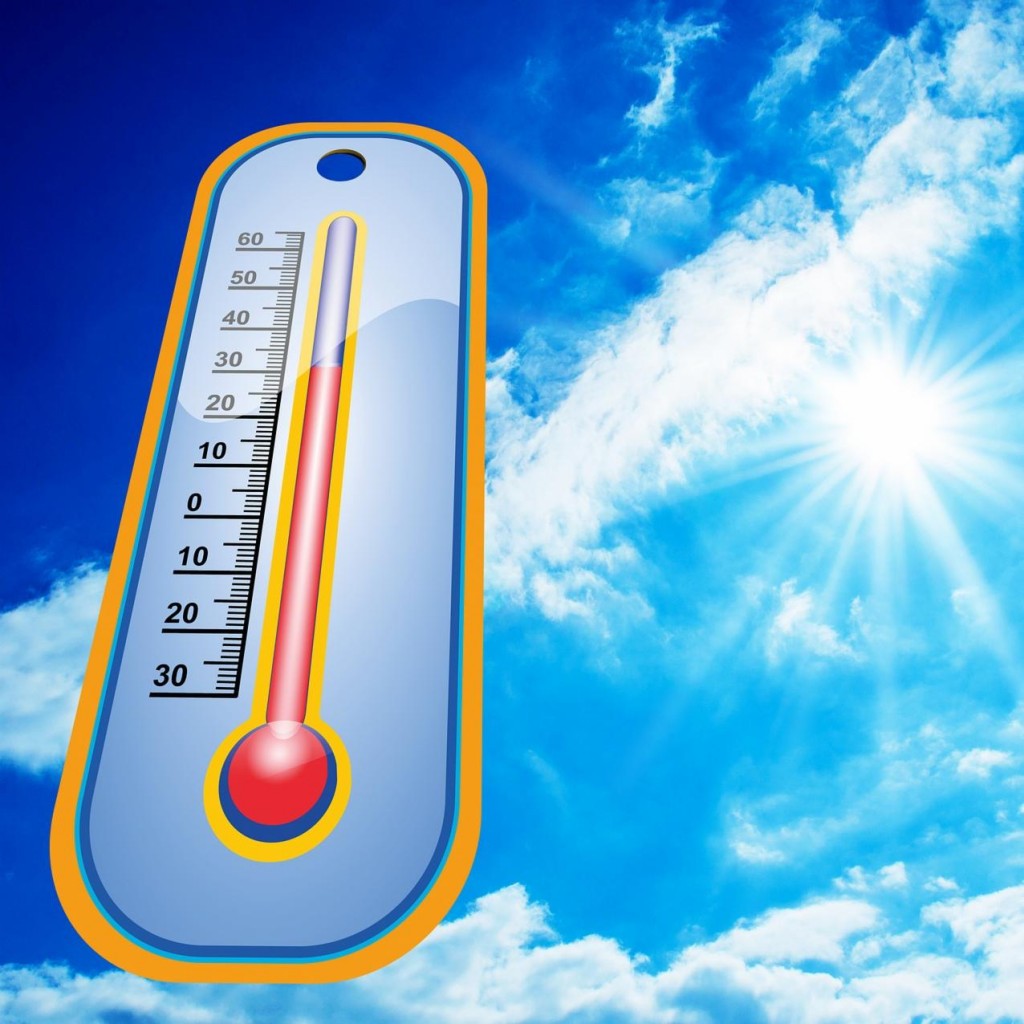Individuals working in hot indoor or outdoor environments are at risk of heat-related illnesses during hot weather. Thousands of workers become sick (some even die) from heat exposure each year.
THIS IS ENTIRELY PREVENTABLE!
Many workers are exposed to warm weather during the summer months. Without proper precautions the heat can play a dangerous toll on a worker’s health.
New workers are especially at risk as their bodies have not acclimatized to their warm environment.
How does heat affect the body?
Heat becomes a hazard when the body is unable to get rid of its excess heat. This extra heat causes the body’s core temperature to rise and increases the heart rate.
Heat can cause a variety of illnesses including (but not limited to):
- Heat rash
- Heat cramps
- Heat exhaustion
- Heat strain
- Heat stroke
What are some of the symptoms of these illnesses?
Symptoms include:
- Nausea
- Dizziness
- Muscle cramps/weakness
- Headaches
- Fatigue
- Thirst
Illnesses related to heat exposure can be prevented in four ways:
1.Engineering Controls
These include air conditioning, cooling fans, reflective shields, or elimination of hot surfaces.
2. Work Practices
Including acclimatization of workers, a safety plan, keeping drinking water close by, reduction of physical activity, and monitoring of workers.
3. Personal Protective Equipment (PPE)
Ensure that a worker’s PPE does not increase the risk of heat-related illnesses and use thermal-conditioned clothing when/if appropriate.
4. Training
Workers and supervisors should be trained in preventing heat exposure. Including topics such as:
- Risk factors
- Types of heat-related illnesses
- Prevention
- Responding to illness
- Reporting signs of illness
- Contacting medical services
Every employer and employee must play their part in preventing workplace heat-related illness. Together we can keep all workers a safe and out of harm’s way during the warm weather.
Sources
https://www.osha.gov/SLTC/heatstress/prevention.html
http://www.ccohs.ca/oshanswers/phys_agents/heat_health.html

